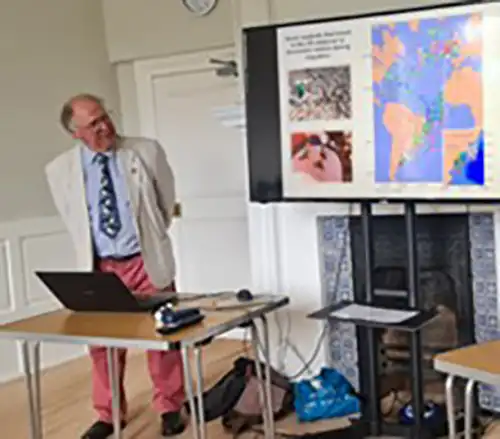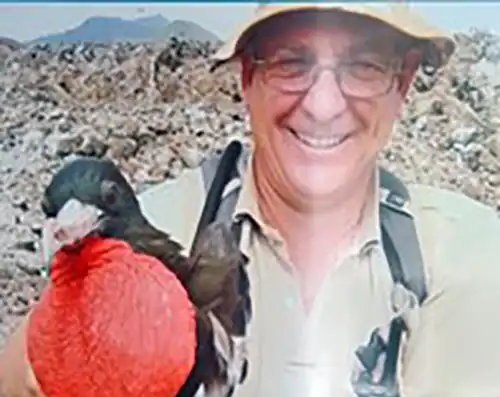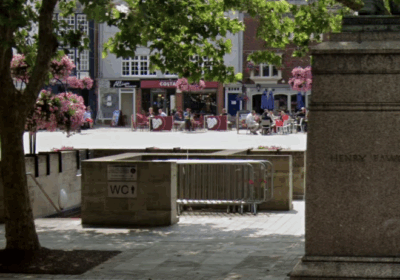BIRDS inhabiting the volcanic south Atlantic island of Ascension Island were discussed at a recent meeting in Salisbury.
For their August gathering, the Probus Club of Sarum welcomed Dr John Hughes, from the Army Ornithological Society.
Part of his Army communications career saw Dr Hughes spend time on Ascension Island.
There, he became an active ornithologist, spending extended periods on scientific recording of the island’s bird population.
Ascension Island, a remote volcanic island located in the South Atlantic Ocean, is a fascinating and unique place both in terms of its geography and history.
Part of the British Overseas Territory of Saint Helena, Ascension, and Tristan da Cunha, it lies about 1,600 kilometres from the coast of Africa and 2,250 kilometres from South America.
In 1815, the British garrisoned the island to prevent the French using it as a base to rescue Napoleon, who was imprisoned on the nearby island of Saint Helena.
Ascension Island is a barren, rocky outcrop, 10 miles by 10 miles, with its highest point, Green Mountain, reaching an elevation of 859 meters.

This peak is home to a surprising tropical cloud forest, a result of one of the earliest large-scale ecological experiments where, in the 19th century, botanists introduced plants from different parts of the world in an effort to create a more hospitable environment.
This led to the island’s unique ecosystem, with introduced species thriving alongside native flora and fauna. Its Turtle Beach is the most important nesting site for green turtles in the Atlantic.
Above all, the island is a very important seabird staging and nesting location including birds in transit to and from the UK.
There are 11 species of seabirds. However, it is not a safe place for birds nesting because of feral cats and rat infestation. A small offshore islet is the only safe nesting place. In addition Mynabirds are causing huge damage. They peck seven or eight eggs for each one they actually consume.
Dr Hughes’ research concentrated on the Sooty Tern. Their population has crashed from about 3 million in the 1950s to nowadays 350,000. Over a 25-year period he has contributed to identifying the causes and remedies.
Progress has been made by eradicating feral cats at big expense. However, this has exacerbated the rat problem.
Due to the absence of cats rats can now feed on average on two Tern breeding cycles. Eliminating the rat population will be a multi-million pound challenge, the club was told.
The Probus Club of Sarum meets every second Friday of the month at Sarum College, in The Close, Salisbury.
Each fourth Friday is reserved for a group lunch or other outing.
The club’s members are retirees who value intellectual stimulation as well as a sociable atmosphere.
Guests and new members are always welcome, and for more information, call 01722 392043.











Leave a Reply